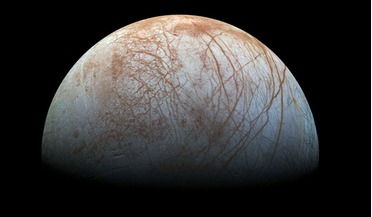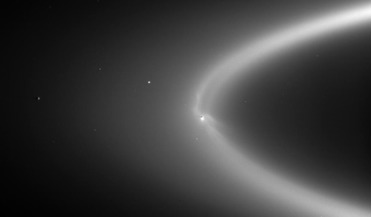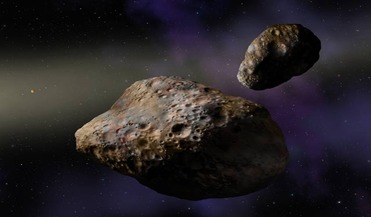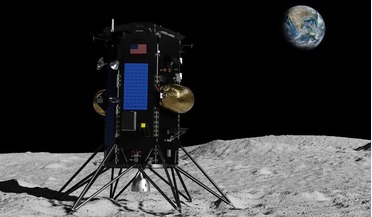 June 2019
The challenge of planetary protection
June 2019
The challenge of planetary protection
...also trailblazing new exploration targets and concepts. Some of these aspects concern the Martian moons, potential habitats in the subsurfaces of the icy moons of the outer solar system, Earth return missions and human exploration. As mentioned above...
 13 March 2017
Europa Clipper: the official name of NASA's mission to Europa
13 March 2017
Europa Clipper: the official name of NASA's mission to Europa
... to speedily sail past the icy moon possibly every two weeks in order to investigate the moon up close as often as possible...a magnetometer to measure the strength and direction of the moon’s magnetic field; this will allow scientists to determine the...
 October 2017
Cassini observations open up Saturn’s atmosphere
October 2017
Cassini observations open up Saturn’s atmosphere
... to spacecraft flying through and directly sampling the material from Enceladus’ icy plumes or the rings themselves. For Saturn’s atmosphere, the next step..., and Interdisciplinary Scientist for ESA’s Jupiter Icy Moons Explorer (JUICE) mission.
 07 July 2017
Unexpected large methanol find near Enceladus
07 July 2017
Unexpected large methanol find near Enceladus
...space around Saturn. Such activity from this modest sized moon (which has a diameter of only 504 kilometers), prompted... the geysers, once vented into space. “Recent discoveries that icy moons in our outer Solar System could host oceans of liquid water...
 01 June 2018
Largest discovery of trans-Neptunian objects released
01 June 2018
Largest discovery of trans-Neptunian objects released
... the Oort Cloud and it is sparsely populated with small icy planets known as scattered disc objects (SDOs). Not much ...large bodies classed as trans-Neptunian objects include Pluto and its icy moon Hydra, Makemake, Haumea and Sedna. The present set of...
 31 December 2021
Space missions to watch out for in 2022
31 December 2021
Space missions to watch out for in 2022
...’s frigid moons what Cassini did for Saturn’s weird and wonderful moons, the European Space Agency's (ESA) Jupiter Icy Moons Explorer (...giant gaseous planet Jupiter and three of its largest moons, Ganymede, Callisto and Europa. Data collected from the...